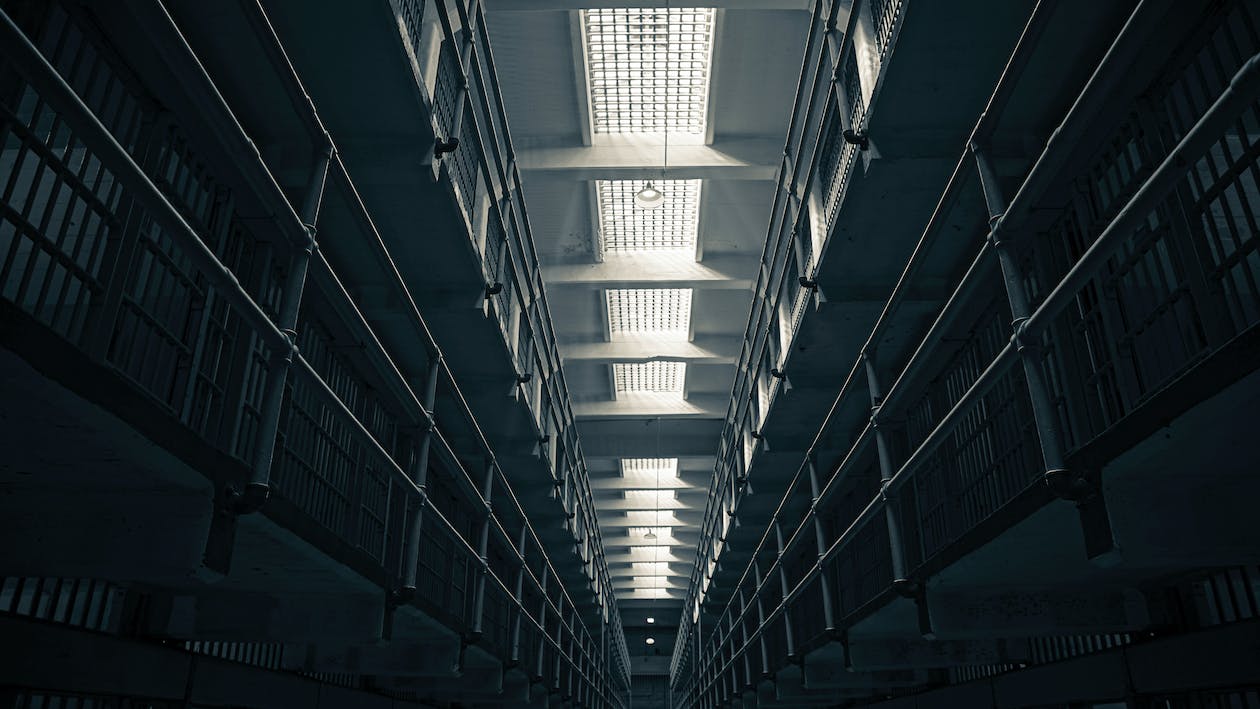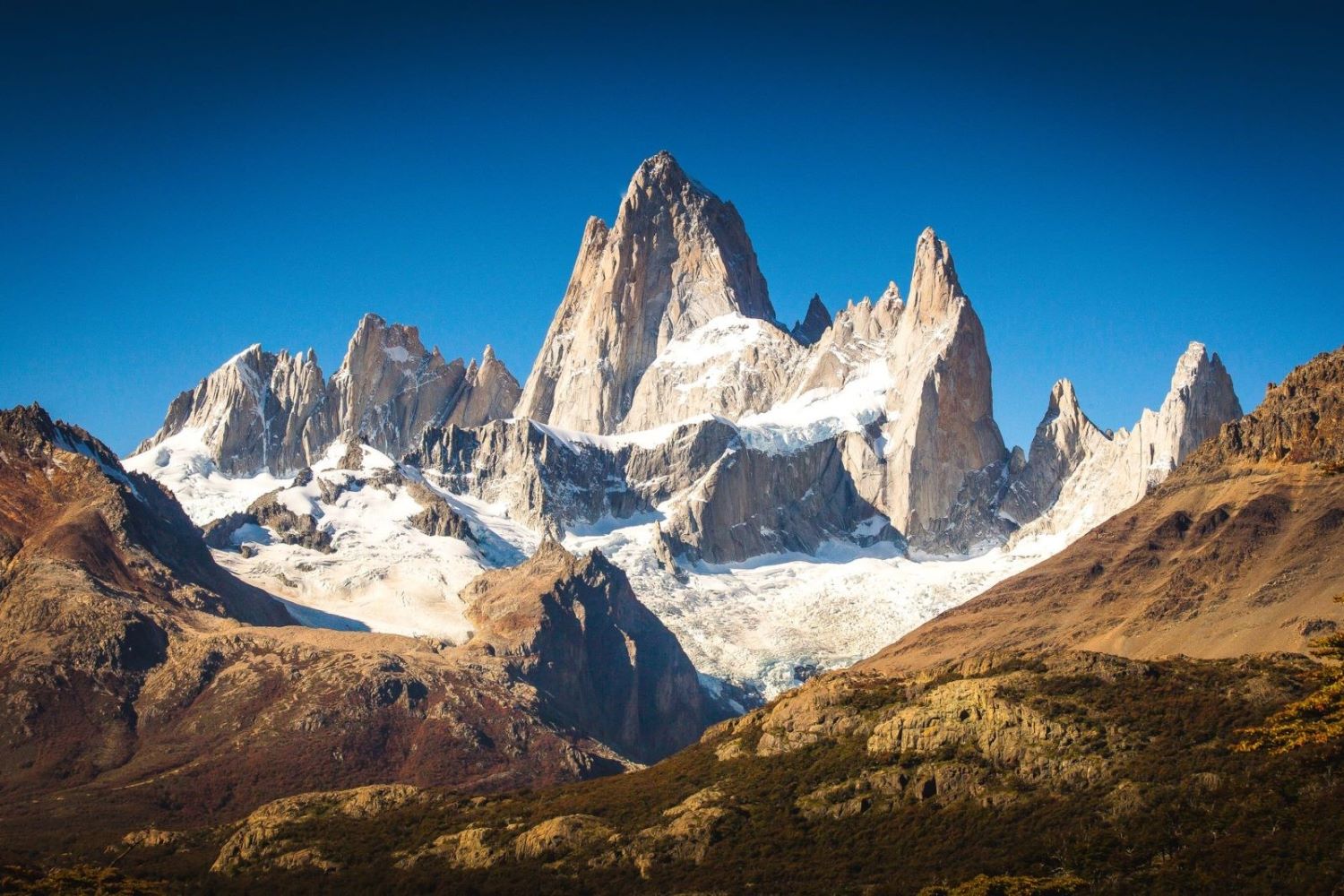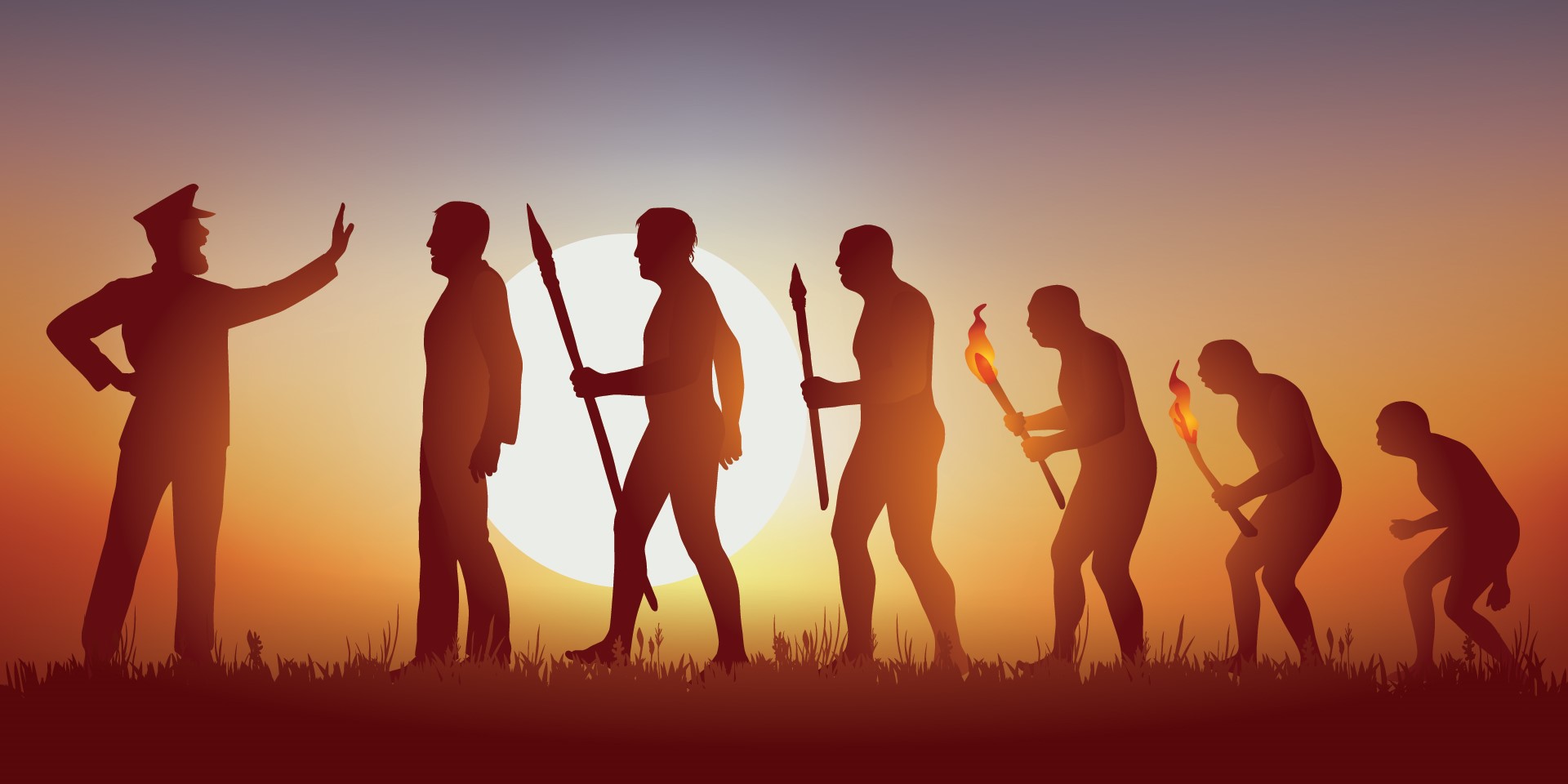
Ever wondered what made the 1920s roar? Well, buckle up, because you're in for a treat! This dazzling decade, often dubbed the "Roaring Twenties," was a period of dramatic change and cultural upheaval. From flappers shaking up societal norms with their bobbed hair and jazz-infused dance moves to groundbreaking advancements in technology and entertainment, the 1920s were anything but dull. Did you know that the first feature-length animated film was released during this era? Or that the decade saw the birth of the Harlem Renaissance, a revival of African American culture and arts? Dive into these 25 great fun facts about the 1920s and discover the glitz, glam, and sheer innovation that defined this unforgettable decade. Get ready to be whisked away on a whirlwind adventure through time!
Key Takeaways:
- The 1920s, known as the Roaring Twenties, was a time of big changes, like jazz music, women getting the right to vote, and the birth of Mickey Mouse!
- The 1920s also saw the first robot, the rise of tabloid journalism, and the introduction of buying on credit, shaping the way we live today.
The Roaring Twenties: A Time of Innovation and Change
The 1920s, often referred to as the Roaring Twenties, was a decade marked by significant change and cultural evolution. From unprecedented economic prosperity to groundbreaking advancements in technology and entertainment, this era reshaped society in many ways.
-
Jazz Music Takes Center Stage: The 1920s saw the rise of jazz, a genre that became the soundtrack of the decade. Originating from African American communities in the South, jazz quickly spread across the United States, symbolizing the decade's break from tradition and embrace of new cultural norms.
-
Women Gain the Right to Vote: A monumental shift in societal norms occurred in 1920 when the 19th Amendment to the U.S. Constitution was ratified, granting women the right to vote. This marked a significant victory for the women's suffrage movement and paved the way for further gender equality advancements.
Economic Boom and Technological Advances
The 1920s were not just about cultural shifts; they also witnessed an economic boom and significant technological advancements that changed how people lived and worked.
-
The Birth of Mass Production: Henry Ford's introduction of the assembly line in his automobile factories revolutionized manufacturing. This innovation not only made cars more affordable but also increased efficiency across various industries.
-
First Transatlantic Flight: In 1927, Charles Lindbergh made history by completing the first solo nonstop flight across the Atlantic Ocean. This feat captured the world's imagination and signaled the potential for future air travel.
-
The Advent of Talking Movies: The late 1920s saw the transition from silent films to "talkies," with "The Jazz Singer" in 1927 being the first feature-length movie with synchronized dialogue. This marked the beginning of a new era in entertainment.
Prohibition and the Speakeasy Culture
One of the most notable aspects of the 1920s was Prohibition, a nationwide constitutional ban on the production, importation, transportation, and sale of alcoholic beverages.
-
Prohibition Leads to Speakeasies: With the enactment of Prohibition in 1920, illegal bars known as speakeasies sprang up across the country. These establishments became social hubs where people from various backgrounds mingled, often accompanied by jazz music.
-
Rise of Organized Crime: The prohibition of alcohol contributed to the rise of organized crime, as mobsters took control of the illegal liquor trade. Figures like Al Capone became infamous for their roles in bootlegging operations.
A Decade of Firsts and Lasting Impact
The 1920s were a period of many firsts, setting the stage for future developments in various fields.
-
Introduction of the First Robot: In 1921, the world was introduced to the concept of robots with the debut of "Rossum's Universal Robots," a play by Karel ?apek. This sparked the imagination of what automated machines could one day achieve.
-
The Harlem Renaissance: This cultural movement centered in Harlem, New York, celebrated African American culture through music, literature, and art. Figures like Langston Hughes and Zora Neale Hurston were pivotal in showcasing the talents and contributions of Black Americans.
-
Stock Market Crash of 1929: The decade ended on a somber note with the stock market crash in October 1929, leading to the Great Depression. This event underscored the era's economic volatility and marked the end of the Roaring Twenties' prosperity.
-
First Olympic Winter Games: In 1924, the first Winter Olympics were held in Chamonix, France. This event expanded the Olympic Games to include winter sports, adding a new dimension to international athletic competitions.
-
Discovery of Penicillin: Although not immediately recognized for its significance, the discovery of penicillin by Alexander Fleming in 1928 would later revolutionize medicine by introducing the age of antibiotics.
-
Expansion of the Film Industry: Hollywood's influence grew exponentially during the 1920s, establishing the United States as a major player in the global film industry. Studios like MGM, Warner Bros., and Paramount Pictures became household names.
-
The Spread of Radio: By the end of the decade, radio had become a popular form of entertainment and information, connecting people across vast distances and bringing news, music, and serialized dramas into homes across America.
-
Art Deco Movement: The 1920s also saw the rise of Art Deco, an architectural and design style characterized by bold geometric shapes and lavish ornamentation, reflecting the era's optimism and modernity.
-
First Miss America Pageant: In 1921, the first Miss America pageant was held in Atlantic City, New Jersey, as a way to extend the summer tourist season. It became an annual event, showcasing beauty standards and entertainment of the time.
-
National Origins Act of 1924: This immigration law restricted the number of immigrants allowed entry into the United States through a national origins quota. It reflected the era's complex attitudes towards race, nationality, and immigration.
-
The Flapper: Symbolizing the new liberated woman of the 1920s, flappers challenged traditional gender norms with their fashion, behaviors, and attitudes, becoming icons of the cultural revolution of the era.
-
Introduction of Credit: The concept of buying on credit became popular in the 1920s, allowing consumers to purchase goods they could not afford upfront. This practice contributed to the decade's economic boom but also to the eventual market crash.
-
The Scopes Trial: In 1925, the Scopes Trial, or the "Monkey Trial," captured national attention as teacher John T. Scopes was tried for teaching evolution in a Tennessee public school, highlighting the conflict between science and religion.
-
Advent of the Home Refrigerator: Technological advancements in the 1920s included the introduction of electric refrigerators for home use, revolutionizing food storage and preparation.
-
The Rise of Tabloid Journalism: Sensationalized news and celebrity gossip became popular through tabloid newspapers, reflecting society's growing fascination with fame and scandal.
-
First Woman Elected to Congress: In 1922, Rebecca Latimer Felton became the first woman to serve in the United States Senate, albeit for only one day, symbolizing slow but significant progress in women's political representation.
-
Establishment of Route 66: In 1926, Route 66 was established, becoming one of the most famous roads in the United States. It symbolized freedom and mobility, connecting urban and rural America.
-
The Creation of Mickey Mouse: In 1928, Walt Disney introduced Mickey Mouse in the animated short film "Steamboat Willie," marking the birth of an iconic character and the beginning of the Disney empire.
A Look Back at the Roaring Twenties
Stepping back, the 1920s were a whirlwind of innovation, cultural shifts, and historical milestones. From the birth of jazz music to the rise of the flapper, this era reshaped society in ways that still resonate today. Advances in technology and industry during these years laid the groundwork for modern conveniences, while the cultural revolution that took place challenged traditional norms and paved the way for future generations to express themselves more freely. Reflecting on this fascinating decade offers not just a glimpse into a pivotal period of change but also highlights the enduring impact of the 1920s on contemporary life. As history marches on, the legacy of the Roaring Twenties continues to inspire and inform, reminding us of a time when the world buzzed with excitement and possibility.
Frequently Asked Questions
Was this page helpful?
Our commitment to delivering trustworthy and engaging content is at the heart of what we do. Each fact on our site is contributed by real users like you, bringing a wealth of diverse insights and information. To ensure the highest standards of accuracy and reliability, our dedicated editors meticulously review each submission. This process guarantees that the facts we share are not only fascinating but also credible. Trust in our commitment to quality and authenticity as you explore and learn with us.


